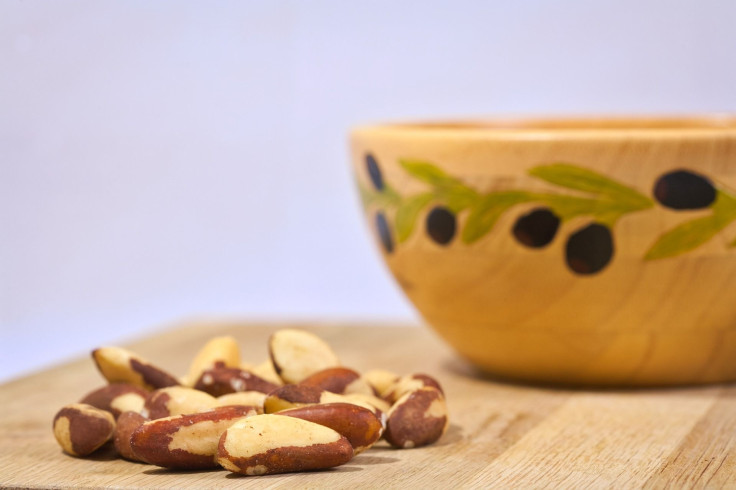Fatty Food Not Required Immediately For Vitamin E Absorption, Study Finds

Vitamin E belongs to the fat-soluble group of vitamins which comprises of vitamins A, D, E and K. Although it is fat-soluble, you do not need to consume it with fat for the body to absorb it, found a study published in The American Journal of Clinical Nutrition.
"I think that's remarkable," said the study's corresponding author Maret Traber of Oregon State University, a leading authority on vitamin E who's been researching the micronutrient for three decades. "We used to think you had to eat vitamin E and fat simultaneously. What our study shows is that you can wait 12 hours without eating anything, then eat a fat-containing meal and vitamin E gets absorbed."
Scientifically known as alpha-tocopherol, it has many biologic roles, one of which is to serve as an antioxidant, said Traber, a professor in the OSU College of Public Health and Human Sciences, and Ava Helen Pauling Professor at Oregon State's Linus Pauling Institute.
Federal dietary guidelines recommend 15 milligrams of vitamin E daily. In contrast, 65-90 milligrams of vitamin C is recommended. This new research could revolutionize future vitamin E guidelines.
Vitamin E is commonly taken orally through diet or supplements. The richest sources of vitamin E are cooking oils: wheat germ oil provides 135 percent DV per tablespoon. Many foods high in vitamin E, such as almonds, almonds, sunflower seeds and avocados, are not routinely considered dietary staples.
"There's increasingly clear evidence that vitamin E is associated with brain protection, and now we're starting to better understand some of the underlying mechanisms," Traber said.
At the National Institutes of Health Clinical Center, a group of healthy women aged 18-40 was administered tracer-labeled vitamin E orally and intravenously to study their fractional vitamin E absorption, thus determining the amount of vitamin E a person needs to take to receive the correct levels in the body.
Fractional absorption refers to the fraction of a dose absorbed by the body as opposed to being metabolized and excreted. They were also given a liquid meal containing either 40 percent fat or no fat.
"What this study says is, vitamin E gets taken up into the intestinal cell and sits there and waits for the next meal to come along," Traber said. "It's in a fat droplet, sitting there, waiting to be picked up, like a cargo container, and loaded onto a chylomicron truck."
Chylomicrons are small fat globules that transport fat from the intestines to the liver and fat tissue. After a fatty meal, the blood becomes chockful of chylomicrons that it appears milky.
The IV portion of the study, used in conjunction with the oral dosing to calculate fractional absorption, also yielded remarkable findings, Traber said.
"We injected the vitamin E in a lipid emulsion and expected it would take some time to disappear from the plasma and then come slowly back into circulation, but it was gone within 10 minutes," Traber said. "High-density lipoproteins quickly acquired the vitamin E, and the chylomicrons quickly disappeared from circulation into the liver."
"The IV vitamin E we put into the body over three days, almost none of it came out again, like 2 percent of the dose," she added. "No one had ever seen that before - normally you absorb about half of what you consume. That vitamin E that's staying in the body, we don't know where it goes, and finding that out is important for studying how much vitamin E you need to eat every day."
Vitamin E is a group of eight compounds -- four tocopherols and four tocotrienols, distinguished by their chemical structure. Alpha-tocopherol is what vitamin E commonly refers to and is found in supplements and the European diet; gamma-tocopherol is the type of vitamin E most commonly found in the American diet.
"Plants make eight different forms of vitamin E and you absorb them all, but the liver only puts alpha-tocopherol back into the bloodstream," Traber said. "All of the other forms are metabolized and excreted. That tells us the body is working very hard to get all the nutrients it can and will sort out what the toxins are later. That's really exciting, because it explains why the liver needs an alpha-tocopherol transfer protein but the intestine does not."
© Copyright IBTimes 2024. All rights reserved.





















